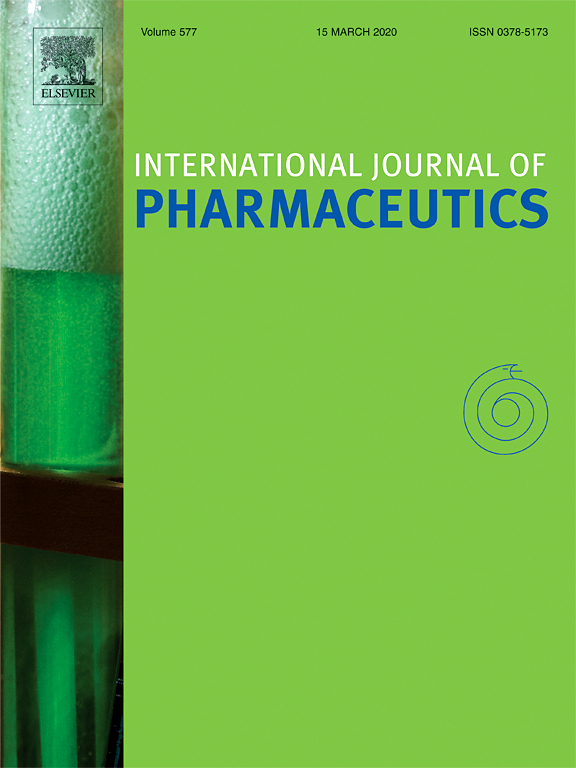|
Autores/as
Fornaguera, C. ; Castells-Sala, C. ; Castells-Sala, C. ; Lázaro, M. A. ; Lázaro, M. A. ; Cascante, A. ; Cascante, A. ; Borrós, S. ; Borrós, S.
|
Abstract
Long-term stability of polyplexes used for biomedical purposes is an objective envisaged by any research group developing this kind of nanoformulations. However, since biodegradable polymers such as oligopeptide end-modified poly (β-aminoester) (OM-PBAE) are frequently used to ensure safety, and formulations are produced as aqueous dispersions, the stability of the nanoformulations is usually compromised. In this context, freeze-drying has aroused as a promising storage alternative to obtain solid nanoformulations with enhanced stability over time. Lyophilization is a challenging step that usually produces aggregation. Although some studies already achieved freeze-dried PBAE nanoparticles, none of them detailed the parameters that are critical for the success of this process. Moreover, due to the specific composition of each formulation, the critical parameters for the correct freeze-drying process need to be adjusted for each polyplex developed. In this paper, we have studied the variables that have a direct influence on the manufacturing and lyophilization of OM-PBAE nanoparticles with the aim to develop a versatile and robust freeze-drying receipt that properly preserves the library of polyplexes designed in our group, which have different pKa depending on the modification applied.
|

WoS
Scopus
Altmetrics

|
